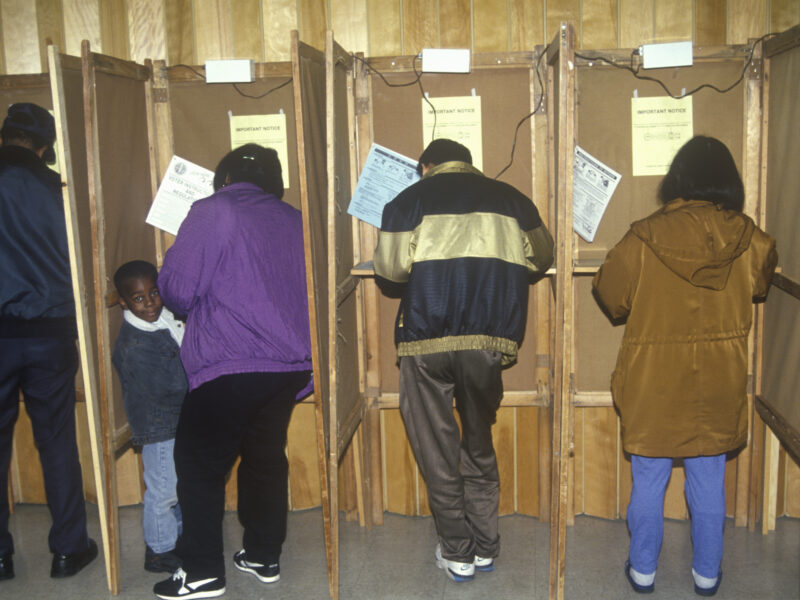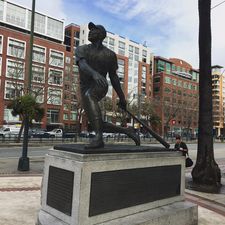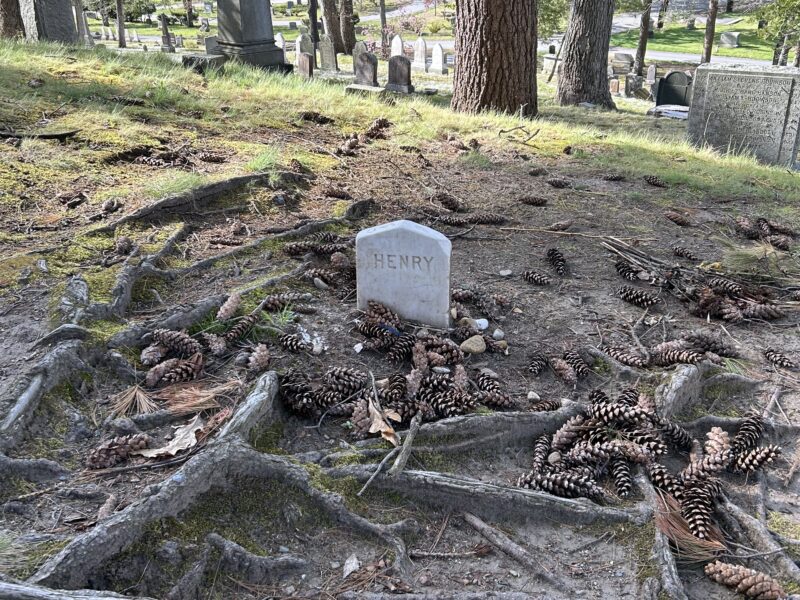I don’t think that “Insta-city” is a word, but it may be the best way to describe Shenzhen. Thirty years ago it was a sleepy fishing village. Today it is a mind-boggling monument to prosperity with over 20 Million (not a misprint!) inhabitants.
It’s got Beijing’s sprawling on-and-on thing as well as Shanghai’s on-and-on-and-up (i.e., serious vertical) thing. However, unlike Shanghai’s mix of old and new, Shenzhen is all new. The architecture breaks new ground with off-beat combinations of shapes and colors I’d neither seen nor imagined. After the sun goes down, the sky serves up a stunning light show with blinking and cascading multi-colored neon-like lines and dots dancing up and down 50+ story sheets of glass. It’s also warmer, with a climate that feels like Florida with lots of palm trees adding to the ambience.
From my vantage point, this steroid-like mega-growth has come at a cost. The air quality is poor and our hotel room featured warnings against drinking the tap water. (My eyes stung when I went out for a run.) For all of its meteoric growth over the last couple of decades, it’s hard not to see the environment as both the high price that China has paid as well as its Achilles heel going forward. In Beijing, I met a Georgetown grad studying on a Fulbright. She’s examining China’s environmental policies with particular focus on a new law requiring shoppers to pay a small fee for every plastic bag they use. She noted that it’s a step in the right direction, but then pointed out that the country distributes 3 bags… per person….per day. That’s over 3 billion (note the “b”) bags per day. Mind-boggling. (I know, I already used that word.)
As always the high point of our time in Shenzhen was the time spent with students and parents. Determined to make our time in Shenzhen both enjoyable and memorable, our contingent of Hyde families went above and beyond the call. They drove us everywhere. They would not even permit us to pay for a cup of coffee. They presented us with gifts. The only thing they did not do is listen to us when we said we were full! They also suggested that we return each year to maintain a strong recruiting presence. No arm-twisting required!
Another high point was our visit to The Shenzhen Foreign Languages School, a co-ed boarding school for 2000 students and considered one of the best in the country. (A half-dozen of Hyde’s Asian students have hailed from this school.) We met and dined with the gracious head of school and talked with students. Very impressive!
On the following day, we conducted several interviews with Shenzhen teenagers. When I began this trip, I think I expected the kids to be radically different from the American kids I’ve worked with over the last three decades. The more I spoke with them, the more they seemed like typical teenagers. Unlike their parents, they’ve never known a China that was not on a prosperous roll. (In one upscale mall, the adults were gawking and fawning over the new Porsches on display while their children paid them no mind.) I walked into one interview and was taken aback to find a bespectacled 11-year old 6th grader staring me down. (His mother wanted to get a head start. He was in less of a hurry.) He volunteered, “I’m lazy and really like to play video games.” When I asked him if this was a problem, he replied, “Not for me.” It was just like home.
Onward, Malcolm Gauld


